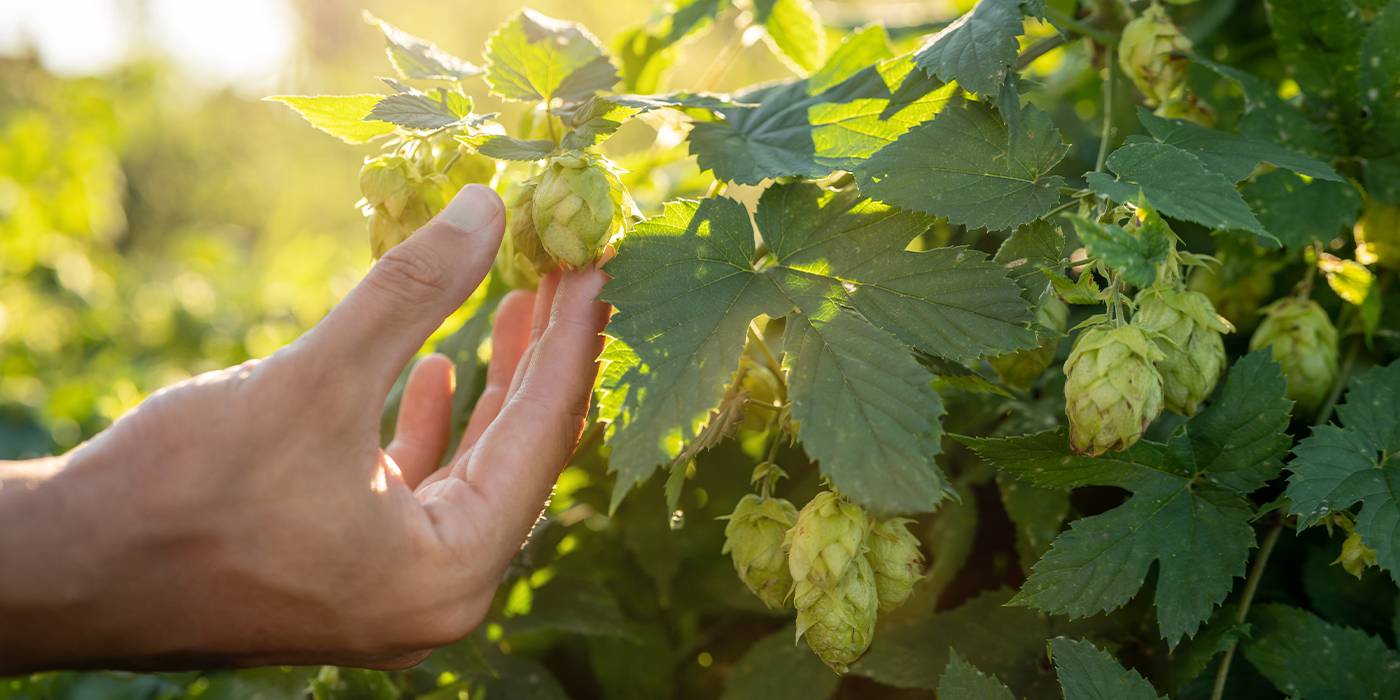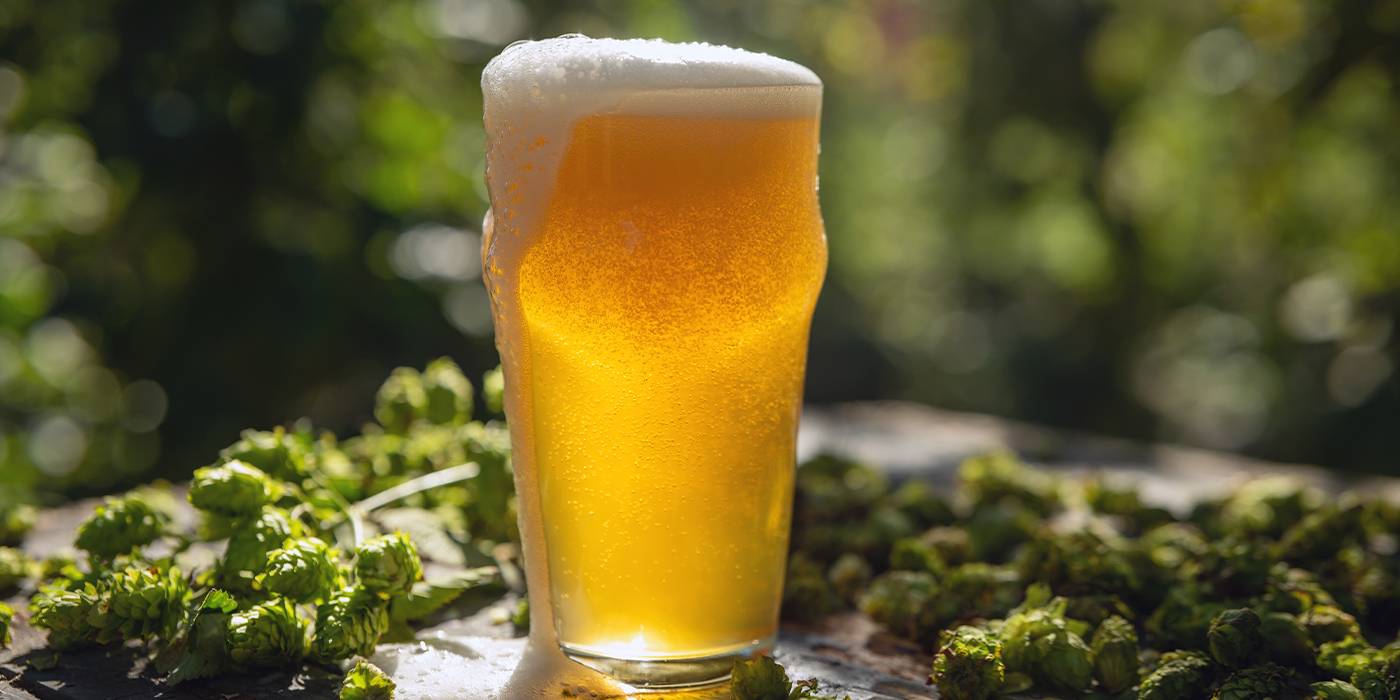Dry Hopping: What is it and what is it for?
Dry hopping is a technique to enhance the aroma of beers during the fermentation process. Find out everything you need to know

Julio Cerezo - Beer Sommelier
Director of Sabeer Beer Academy
Dry hopping is another term that has entered the vocabulary of beer lovers in recent years. As we’ll explain later, it is a specific technique for adding hops during beer production, which mainly influences the aroma and bitterness of the beer. However, before delving into what dry hopping entails, it’s helpful to review the role of hops in our drink, as they contribute significantly to the flavour and aroma of beer.

Firstly, it’s important to note that hops are essential for balancing the sweetness of the malt, making beer a refreshing beverage. When added during the boiling stage, the bitter compounds in hops, which are insoluble in cold water, dissolve once the wort reaches temperatures above 80°C, giving the beer its characteristic bitterness.
Secondly, hops also contribute a range of aromas to beer, from herbal, floral, and fruity to earthy and resinous, due to the high concentration of essential oils they contain. These essential oils are highly volatile and mostly evaporate during the boiling stage, resulting in the loss of many of the aromatic qualities that hops can impart to the beer.
This is precisely where dry hopping comes in. The technique was developed to enhance the aromatic presence of hops in the glass or bottle.
When creating a beer with a pronounced aromatic profile, hops are added after the boiling stage, once the wort has cooled below 30°C. This approach minimises the evaporation of aromatic compounds and avoids the dissolution of bitter compounds This is the essence of dry hopping – a technique increasingly adopted by breweries, especially in styles where hops play a leading role, such as IPAs.
The result of this technique is much more aromatic beers without necessarily increasing their bitterness due to the extra presence of hops. In the case of the aforementioned IPAs, this technique is crucial, but it can also be applied to other styles. Even a traditional beer like the Trappist Orval has been using it for several decades.
If you’d like to experience the aroma of beers made with dry hopping, here are some recommendations you can easily find on the shelves:
- Tyris IPA (6%) > Full of citrus, herbal, and resinous notes that refresh the palate with grassy freshness.
- San Miguel Yakima Valley (6.1%) > Made with American hops that give it a pronounced citrus, resinous, and floral profile.
- Happy Flower B&B (7.5%) > A double IPA brewed with aromatic hop varieties like Citra and Mosaic, providing citrus, tropical and floral notes.

Cheers!
What do you think about?
Share comments, opinions and tricks with the Community







